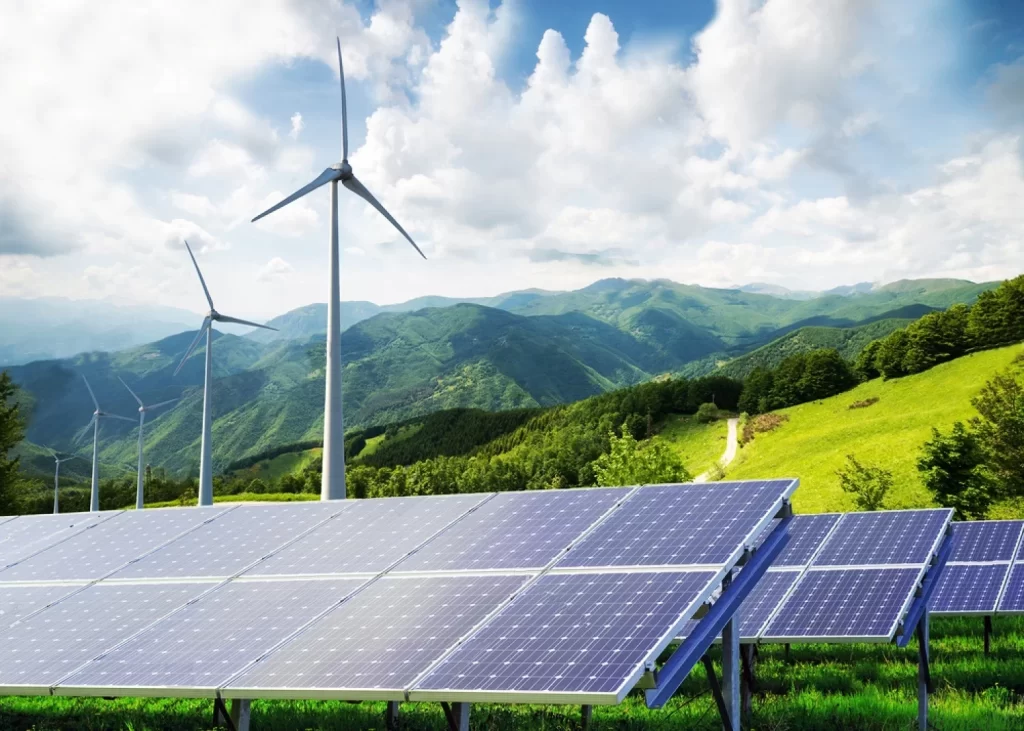Introduction
Renewable energy has become one of the most crucial areas of focus in the 21st century as the world aims to reduce dependence on fossil fuels and mitigate environmental impacts. Mechanical engineers play a pivotal role in the innovation and optimization of renewable energy systems, including wind, solar, hydro, and geothermal technologies. This article delves into recent innovations in renewable energy systems that mechanical engineers are contributing to, highlighting their significance and potential future trends.
Wind Energy Innovations
Wind energy is one of the fastest-growing sources of renewable power. Mechanical engineers have been instrumental in the design and development of advanced wind turbine technologies. Some of the recent innovations include:
- Larger and More Efficient Turbines: Engineers are designing wind turbines with larger rotor diameters and advanced materials to capture more wind energy. These turbines can generate significantly more power with a smaller number of units, reducing overall costs.
- Floating Wind Farms: Traditional wind turbines are restricted to shallow waters, but floating wind farms, developed through innovations in mechanical and marine engineering, enable wind energy capture in deeper waters where wind speeds are higher.
- Smart Turbines with AI Integration: The integration of Artificial Intelligence (AI) allows for predictive maintenance and real-time performance optimization, reducing downtime and improving overall efficiency.
Solar Energy Advances
Mechanical engineers contribute to solar energy systems by optimizing heat transfer, structural design, and integrating solar technology with other renewable systems. Some notable innovations include:
- Concentrated Solar Power (CSP): CSP systems use mirrors or lenses to focus a large area of sunlight onto a small area, converting it into heat that can drive a heat engine connected to an electric generator. Engineers are exploring advanced materials and cooling systems to improve efficiency.
- Solar Tracking Systems: Solar panels equipped with tracking mechanisms can follow the sun’s path, maximizing energy capture. Mechanical engineers design these systems to be robust and capable of withstanding extreme weather conditions.
- Hybrid Systems: Engineers are integrating solar technology with other renewable sources like wind or biomass to create hybrid systems that provide a continuous power supply, even during low sunlight periods.
Hydropower and Ocean Energy Systems
Mechanical engineers are also innovating in hydropower and ocean energy systems, developing technologies that harness the power of water more effectively. Key innovations include:
- Micro-Hydropower Systems: Micro-hydro systems can generate power in small rivers or streams, making hydropower accessible to remote communities. These systems often use innovations in turbine design and materials to increase efficiency.
- Wave and Tidal Energy: Mechanical engineers are developing devices that can harness energy from ocean waves and tides. Oscillating water columns, point absorbers, and tidal stream generators are some of the innovative devices being tested and deployed globally.
Geothermal Energy Optimization
Geothermal energy uses the Earth’s heat to generate power, and mechanical engineers contribute to its development by optimizing heat exchangers, pumps, and turbine systems. Recent innovations include:
- Enhanced Geothermal Systems (EGS): EGS technology involves creating artificial reservoirs of hot rock to extract energy. Engineers design drilling and hydraulic systems to ensure the stability and efficiency of these reservoirs.
- Combined Heat and Power (CHP) Systems: CHP systems use geothermal energy for both electricity generation and direct heating applications. Mechanical engineers design these systems to be highly efficient and versatile for various applications.
Future Trends and Challenges
While renewable energy systems continue to evolve, several challenges remain. Mechanical engineers must address issues such as material durability, energy storage, and integration with existing power grids. Future trends may include:
- Development of New Materials: Engineers are exploring advanced composites and smart materials to reduce the weight and improve the efficiency of energy capture systems.
- Energy Storage Solutions: Efficient energy storage is crucial for balancing the intermittent nature of renewable sources. Innovations in battery technology and mechanical energy storage systems, like flywheels, are areas of active research.
- Automation and Smart Grids: Mechanical engineers are working on automating energy systems and integrating them into smart grids that can dynamically manage energy supply and demand.
Conclusion
Mechanical engineers are at the forefront of renewable energy innovations, developing systems that are not only more efficient but also cost-effective and sustainable. As the world continues to shift towards a cleaner energy future, the contributions of mechanical engineers will be critical in overcoming technical challenges and driving further advancements.


